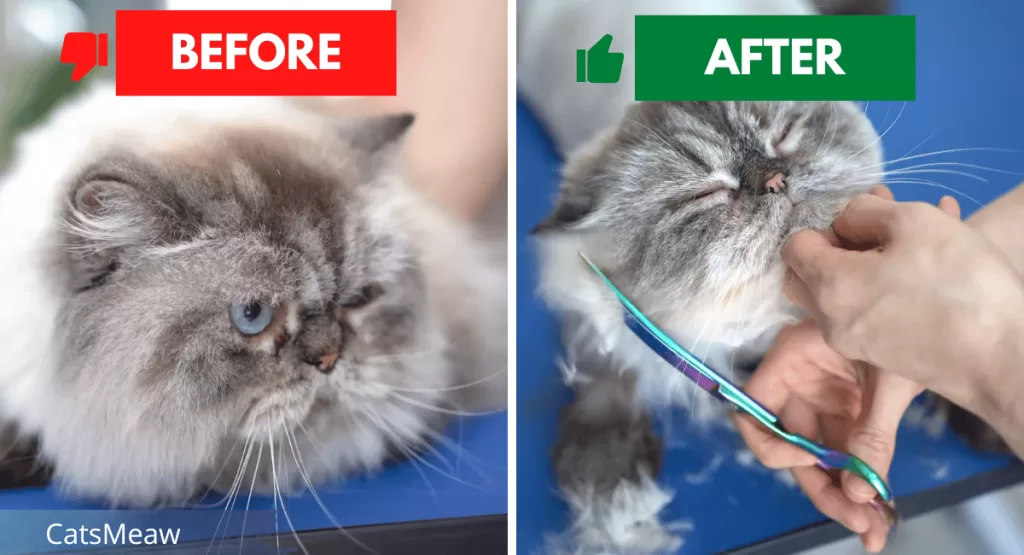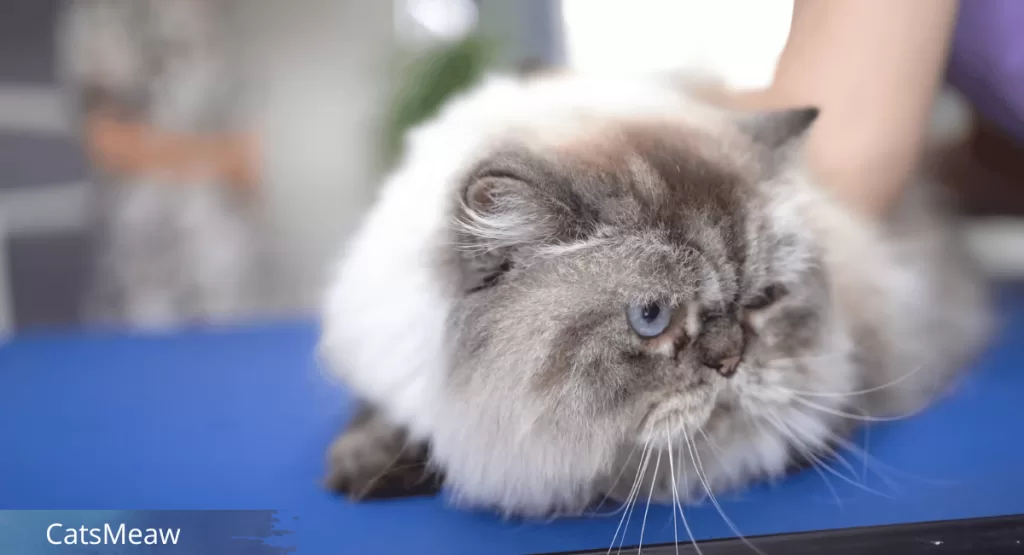Shaving a cat may seem like an unusual task, but there are several reasons why it might be necessary. Whether it’s to manage your cat’s fur during the hot summer months or to address matting and tangles, shavingcan help keep your feline friend comfortable and healthy.
However, it’s important to approach cat shaving with caution and the right tools to ensure a safe and stress-free experience for both you and your cat.

Table of Contents
Reasons for Shaving a Cat
There are various reasons why you might consider shaving your cat. One common reason is to help them stay cool in hot weather. Cats are equipped with a natural cooling system through their fur, but in some cases, their fur may be too thick or long, making it difficult for them to regulate their body temperature effectively. Shaving your cat can provide them with relief from overheating and prevent heat-related illnesses.
Another reason you need to choose for shaving a cat is to manage matting and tangles. Cats are meticulous groomers, but sometimes their fur can become tangled, especially in long-haired breeds. These knots can be uncomfortable for cats and may lead to skin irritation or even skin infections. Shaving the fur can eliminate these mats and tangles, promoting better skin health and preventing potential health issues.
Preparing to Shave Your Cat
Before you start shaving your cat, it’s crucial to prepare both yourself and your furry companion. Begin by gathering all the necessary tools, including a high-quality cat clipper, grooming scissors, a grooming brush, and a towel. It’s important to choose clippers specifically designed for cats, as they have a safer and quieter operation, reducing the risk of accidents and stress.
Next, find a calm and quiet place where you and your cat can comfortably perform the grooming session. A bathroom or a small, enclosed area often works best, as it minimizes distractions and keeps your cat from escaping. Lay a towel on a flat surface to provide a non-slippery and secure area for your cat during the shaving process.
Choosing the Right Tools for Cat Shaving
When it comes to cat shaving, having the right tools is essential. Invest in a high-quality cat clipper with sharp blades and adjustable settings. Clippers with a low vibration and noise level are preferable as they help reduce your cat’s anxiety during the grooming process. Additionally, grooming scissors with rounded tips are useful for trimming hard-to-reach areas and removing any remaining tangles.
Our pick: The Best Cat Shampoos & Conditioners
To ensure a comfortable cat shaving experience, use a grooming brush to remove loose fur and untangle any mats. Choose a brush specifically designed for your cat’s fur type, whether it’s short, medium, or long. Regular brushing helps prevent tangles and reduces the risk of matting.
Step-by-Step Guide on How to Shave a Cat
Now that you’re prepared with the right tools and a calm environment, it’s time to start the cat shaving process. Follow these step-by-step instructions to ensure a safe and successful grooming session:
- Introduce the tools: Before you begin shaving a cat, let your cat familiarize themselves with the clippers and grooming scissors. Allow them to sniff and investigate the tools to reduce any anxiety.
- Start with brushing: Use a grooming brush to remove any loose fur and tangles. This will make the shaving work more comfortable and easier for your cat.
- Trim long fur: If your cat has long fur, use the grooming scissors to carefully trim the fur in areas prone to matting, such as the belly and under the tail.
- Adjust the clipper settings: Set the clipper to the desired length, depending on how much fur you want to remove. It’s generally recommended to start with a longer setting to avoid cutting the fur too short.
- Hold the clipper correctly: Hold the clipper firmly but gently, keeping it at a slight angle against the direction of hair growth. Start shaving from the neck and work your way towards the tail, using smooth and even strokes.
- Take breaks: It’s important to give your cat breaks during the shaving process to prevent them from becoming stressed. Offer treats and praise to reward their cooperation.
- Pay attention to sensitive areas: Be extra cautious when shaving sensitive areas such as the face, ears, and paws. Use grooming scissors instead of the clipper to trim these delicate areas.
- Check for irritations or injuries: After shaving a cat, carefully inspect your cat’s skin for any signs of irritation or injuries. Apply a cat-safe moisturizer or aloe vera gel to soothe the skin if needed.
Related: Best Guide to Trimming Your Cat’s Nails

Safety Tips for Cat Shaving
While shaving your cat, it’s crucial to prioritize their safety and well-being. Follow these safety tips to ensure a positive grooming experience:
- Take it slow: Shaving your cat may require multiple sessions, especially if they are not accustomed to the process. Take breaks and allow your cat to adjust to each step before proceeding further.
- Be gentle: Handle your cat with care and avoid any sudden movements that may startle them. Speak in a soothing tone to keep them calm throughout the grooming session.
- Avoid sensitive areas: Take extra caution when shaving sensitive areas such as the genitals, nipples, and anus. These areas are delicate and prone to accidental cuts.
- Keep an eye on the clipper temperature: Clippers can become hot after prolonged use. To prevent burns, periodically check the clipper’s temperature and allow it to cool down if necessary.
Common Mistakes to Avoid When Shaving a Cat
While shaving a cat, it’s important to avoid common mistakes that may cause discomfort or harm. Here are some common mistakes to watch out for:
- Shaving too close to the skin: Avoid cutting the fur too short, as it may lead to skin irritation and sunburn. Leave at least half an inch of fur to protect your cat’s skin.
- Using human clippers: Never use human clippers on your cat. They are not designed for pet grooming and may cause injuries or discomfort.
- Neglecting breaks and rewards: Taking breaks during the grooming session and rewarding your cat with treats and praise is essential to maintain a positive association with shaving.
- Not checking for overheating: Continuous shaving can cause the clipper to become hot. Check the temperature regularly and allow the clipper to cool down if needed.
Conclusion
Shaving a cat can be a beneficial and necessary grooming technique when done correctly and with the right tools. Whether it’s to manage their fur during hot weather or to address matting and tangles, cat shaving can help keep your feline companion comfortable and healthy. By following the step-by-step guide, prioritizing safety, and providing proper aftercare, you can ensure a stress-free grooming experience for both you and your beloved cat.
